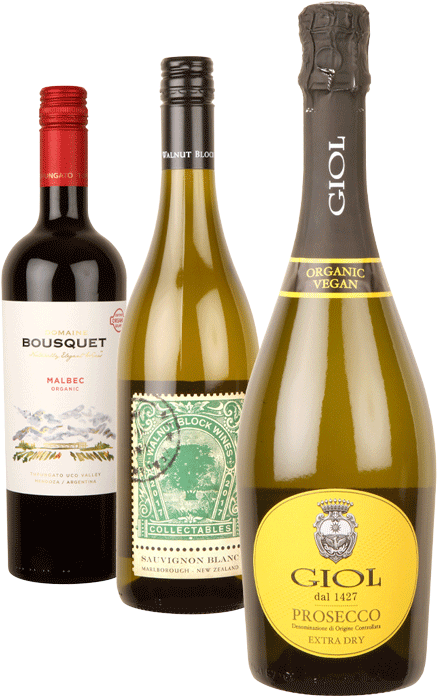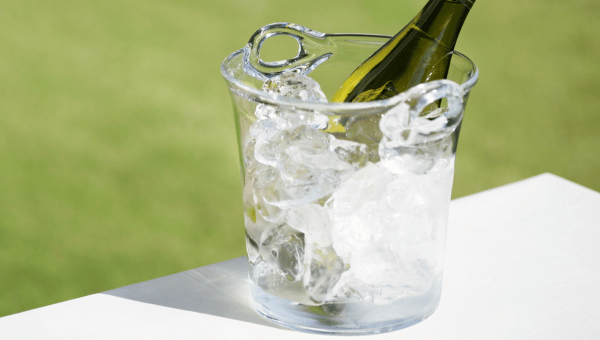Wine Temperature
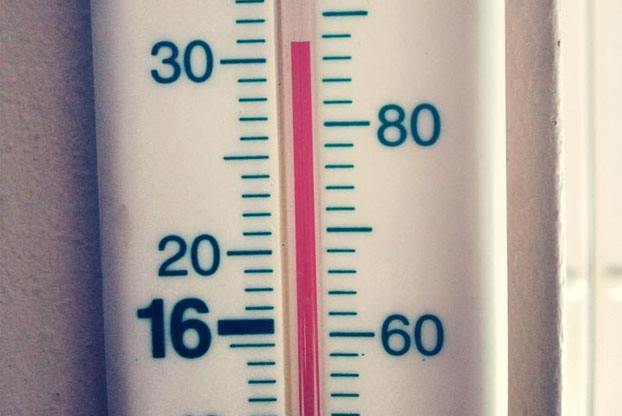
Personally I don’t know many people that own, or actually use a wine thermometer. Maybe I don’t mix with the right vinous crowd? I do however take wine enjoyment seriously, and I just want to get stuck in, with my white or fizz from the fridge, or my red from ‘the rack under the stairs’.
Whilst I’m not fussy about being bang on, with temperature control, it is useful to have some knowledge on the effects it has on your favourite wines. I had an interesting and eye opening lesson, which I’ve never forgotten, some years ago…
Chill Out about Wine Temperatures
The temperature at which wine is served is important, and can affect your enjoyment level, and assessment of wine’s quality. This was a lesson really brought home to me, during a visit to Veneto in northern Italy some years ago. As is often the case, the organic winemaker we had been visiting kindly took us out for an evening meal in the local town, during which he had lined up some (of his) wines for us to enjoy. As we progressed to the main course, the waiter placed two carafes of red wine on the table. As we tucked into our food, our Italian friend invited us to taste both wines, and decide on which one we preferred.
Well, both wines were delicious, but one was more so, with an easier feel to it, better balanced with a cleaner finish. After everyone around the table agreed, our friend then informed us (clever those Italians!) that the wines were, in fact, identical, but just served at slightly different temperatures! Wow, interesting I thought, just never knew that wine serving temperature could have such a marked effect. The wine was a top red from Fasoli Gino that I have to say was incredible, soft, smooth and very expressive with a high, yet balanced alcohol content (some of their reds have been known to reach a natural 17+ degree alcohol level!).
We had all preferred the carafe containing the cooler temperature wine. With the warmer version the high alcohol level was too pronounced, dominating the nose and unbalancing the palate, making it seem fiery, less pleasant.
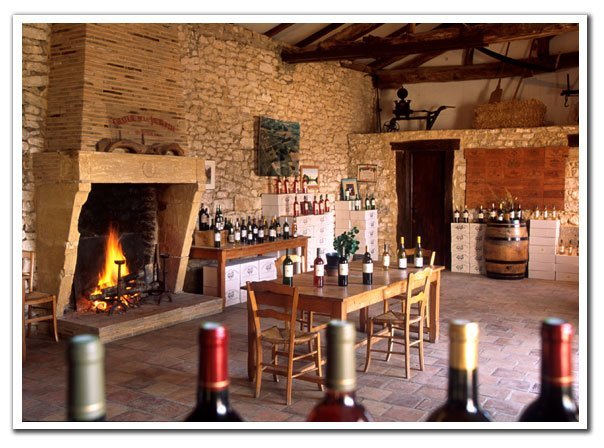
So what temperature is best? Supposed to be room temperature for reds isn’t it? This is a little misleading nowadays, as modern day room temperatures have crept up a lot, and are often over 20 degrees. The ideal serving temperature for fine reds is lower between 14-18 degrees. So think about popping your red in the fridge for 20-30 minutes before serving, try it and make a comparison yourself?
During summer, certain reds are best enjoyed chilled, and we would advise going to 9-14 degrees to enhance reds with lighter body such as Beaujolais wines or the Fuedo di Santa Tresa Frappato or the Meinklang Pinot Noir.
For whites, fizz and rosé, many home fridges are too cold, at around 4 degrees, whereas 8-10 degrees is often preferable. Too low a temperature kills fruit aromas and deadens any flavour. So best here to remove your wine from the fridge a good 30 minutes before you drink it, or just chill your bottle for an hour only. Maximise your vinous enjoyment!
Getting to the temperature
I’ve seen all methods used, including at a wine bar in Bristol, use of a microwave to heat reds! We recommend a common sense approach with the knowledge that wine is a delicate product which does not always react well to ‘shock’ or coarse treatment. Fine to use ice or the fridge or for more rapid chilling, a container with both ice and water in it. Sleeves that can be kept pre-cooled in the freezer, also work well, but placing a bottle straight into the freezer can be risky, as wine doesn’t freeze too well. For reds, best to warm up the wine gently and slowly (in a warm area) rather than putting near a raging fire, on a radiator, in the microwave or in water that’s too hot.
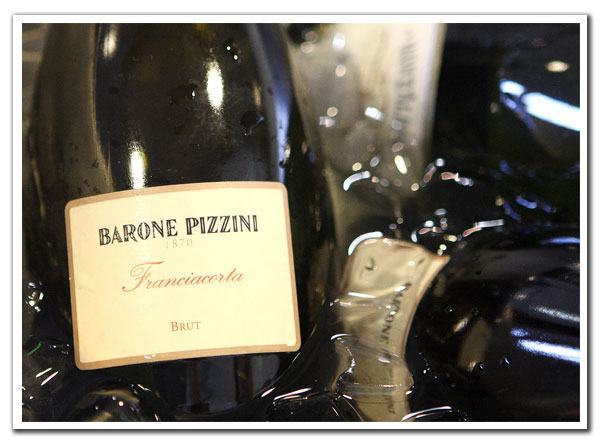
Overall, the sound advice is to start with your wine a little bit on the cooler side. After all, whites will gradually warm up in the room, as will reds. You can warm up the glass in your hands too, or just sit back and be patient, and see what happens!
Be aware too on what your own preferences are, there’s no need for temperature charts, equipment, laboratory coats and the like, unless you really do want to bring out your ‘inner chemist’!



